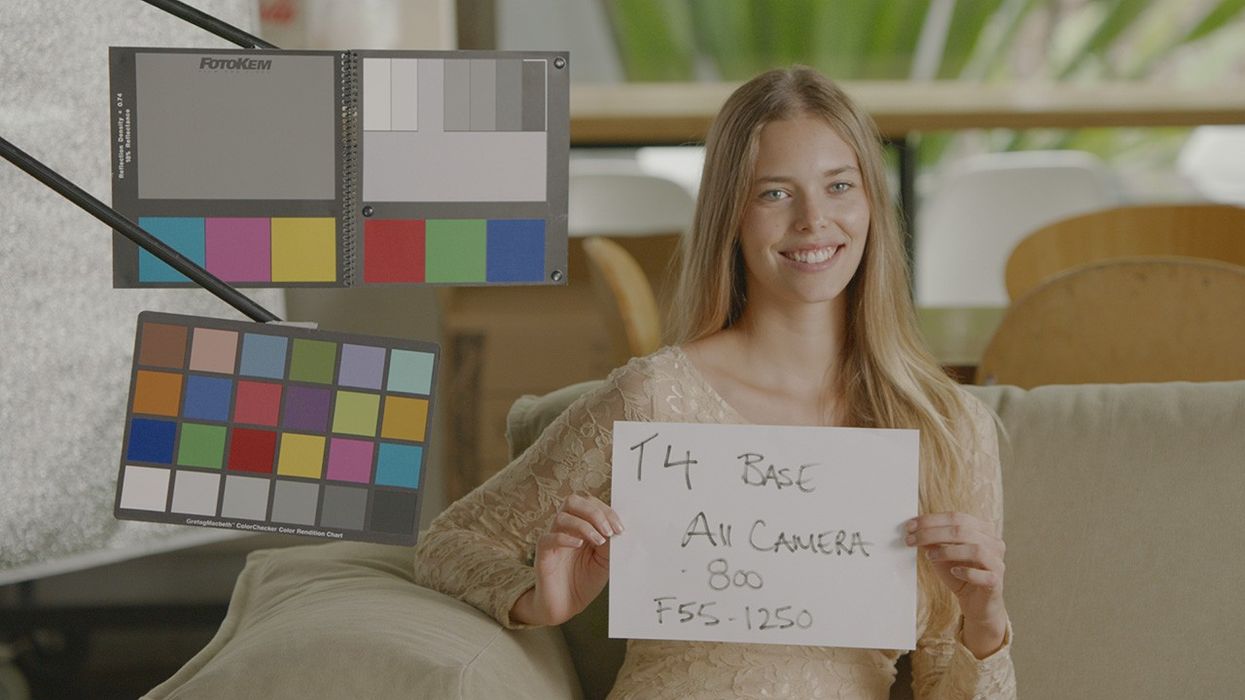LUT Smash Showdown: Colorist Reverse Engineers the $607 Linny LUT for Free
The Brim said its Linny LUT couldn't be replicated with traditional coloring software. Colorist Juan Melara begged to differ.

Six hundred dollars feels pretty expensive for a LUT. While LUTs are super powerful, it's not uncommon to find whole packs of dozens of LUTs for sale online for under $100. Resolve Studio, the most common color grading application that can create LUTs, is only $300, and the most powerful LUT manipulator, Lattice, is $200. Thus, when the Croatian production company The Brim released its Linny LUT for $607 (since reduced to $395), it made waves in the color grading community. One particularly controversial statement was the claim that this LUT could not be replicated with any traditional coloring software. This caused one enterprising colorist, Juan Melara, to set out to see if he could do just that and build the look in Resolve.
To be clear, we do believe creators should be paid for their work, and if you find the LUT to be useful in saving you time in your workflow and your budget allows, we don't think there is anything inherently wrong with a LUT costing money, even a lot of money. Good work deserves to be paid, and the Linny LUT does seem to ofter a pretty sophisticated process for your footage. What we love about this story is the challenge: a color nerd (and we mean that in a good way) saw a bold statement—that this LUT could not be replicated in a color grading software—and pushed himself to the limit to find a way to do it. The results in the video are very impressive and are available for download for end users to test for themselves.
One particularly interesting aspect of this grade is that it depends heavily on the use of the channel mixer, which is an underappreciated set of tools in the Resolve toolbox. Especially powerful when used for B&W grading in the monochrome mode, the channel mixer is used here to help the workflow simulate aspects of the film lab subtractive color process while working in the additive world of video.
Have any of you bought the $600 Linny LUT? Or tried Melara's emulation? Let us know how either went in the comments.
Featured image: original image from The Brim, modified by Juan Melara to recreate the Linny LUT
Source: Juan Melara

 No Film School's coverage of
No Film School's coverage of 









